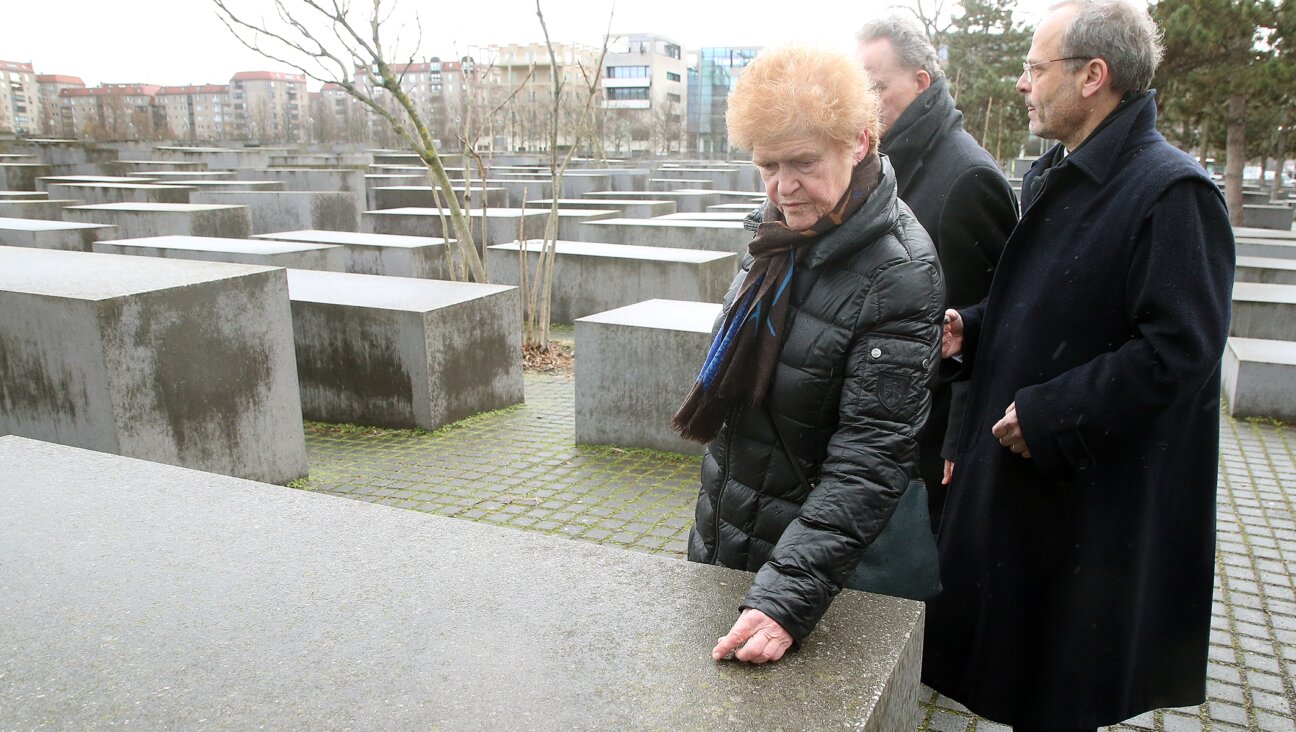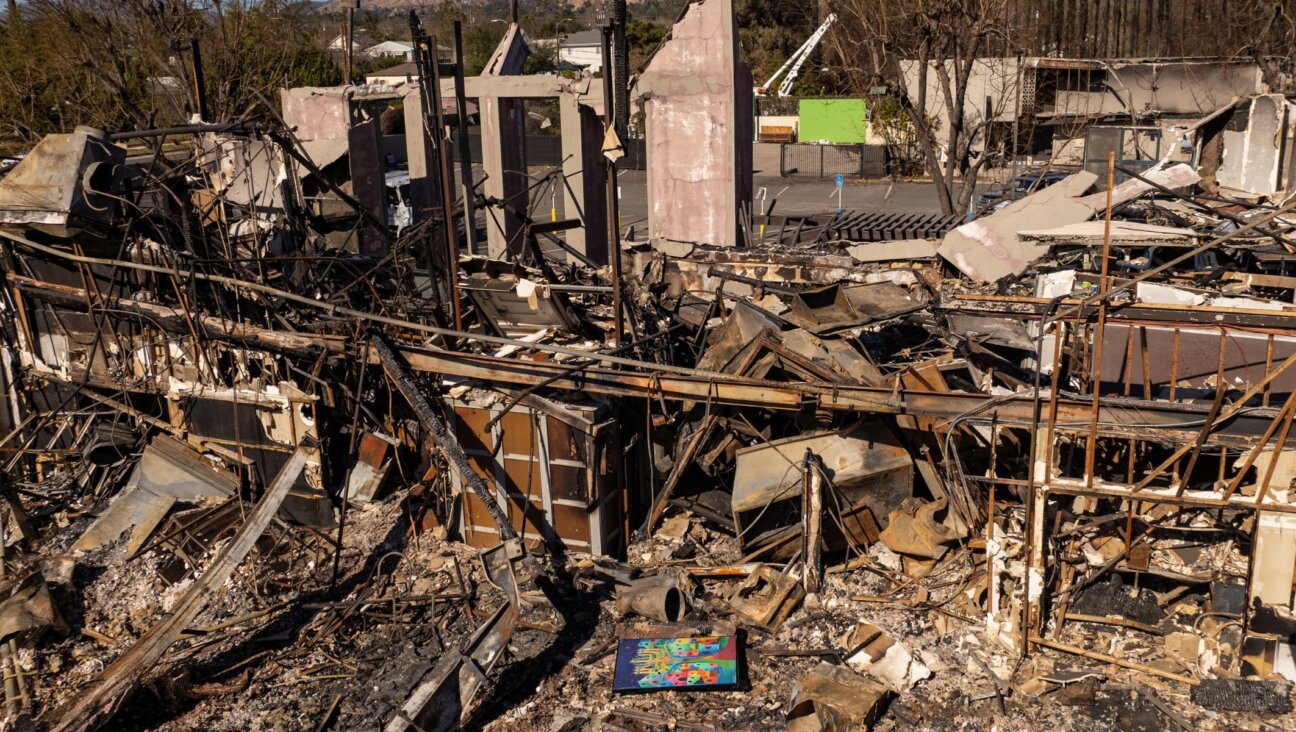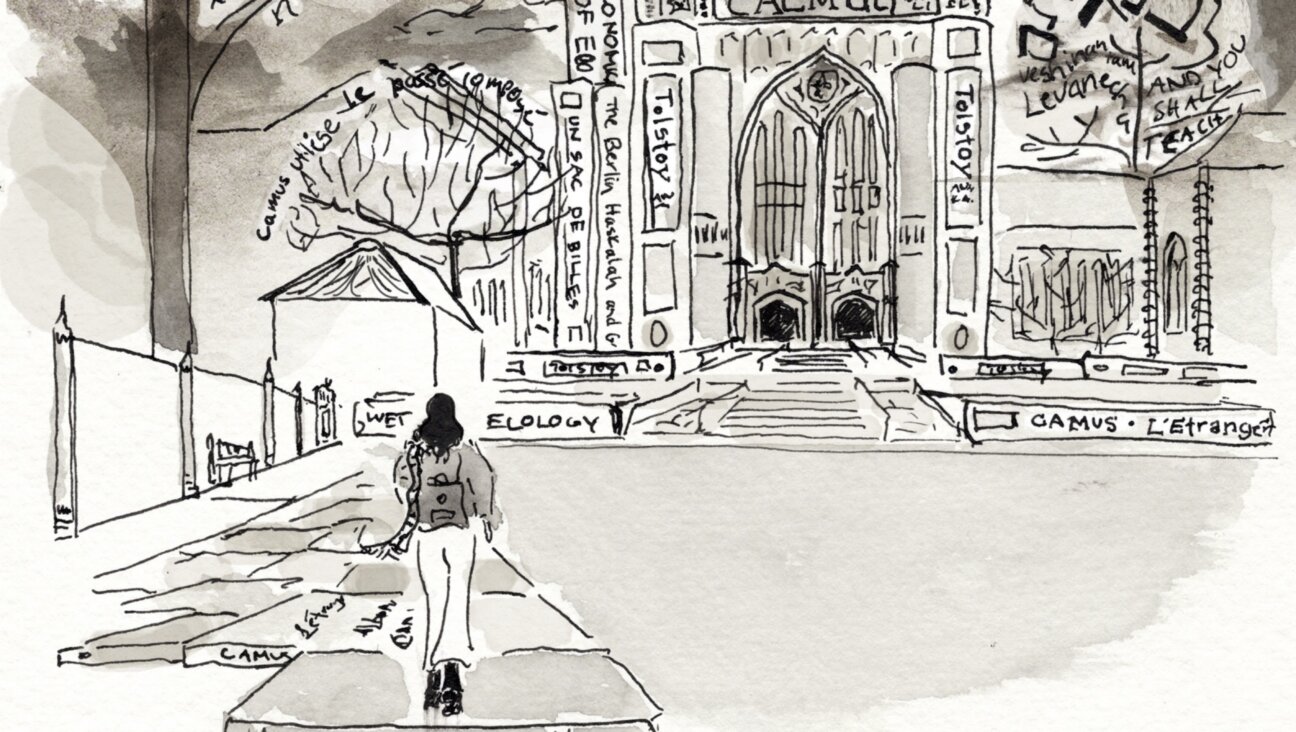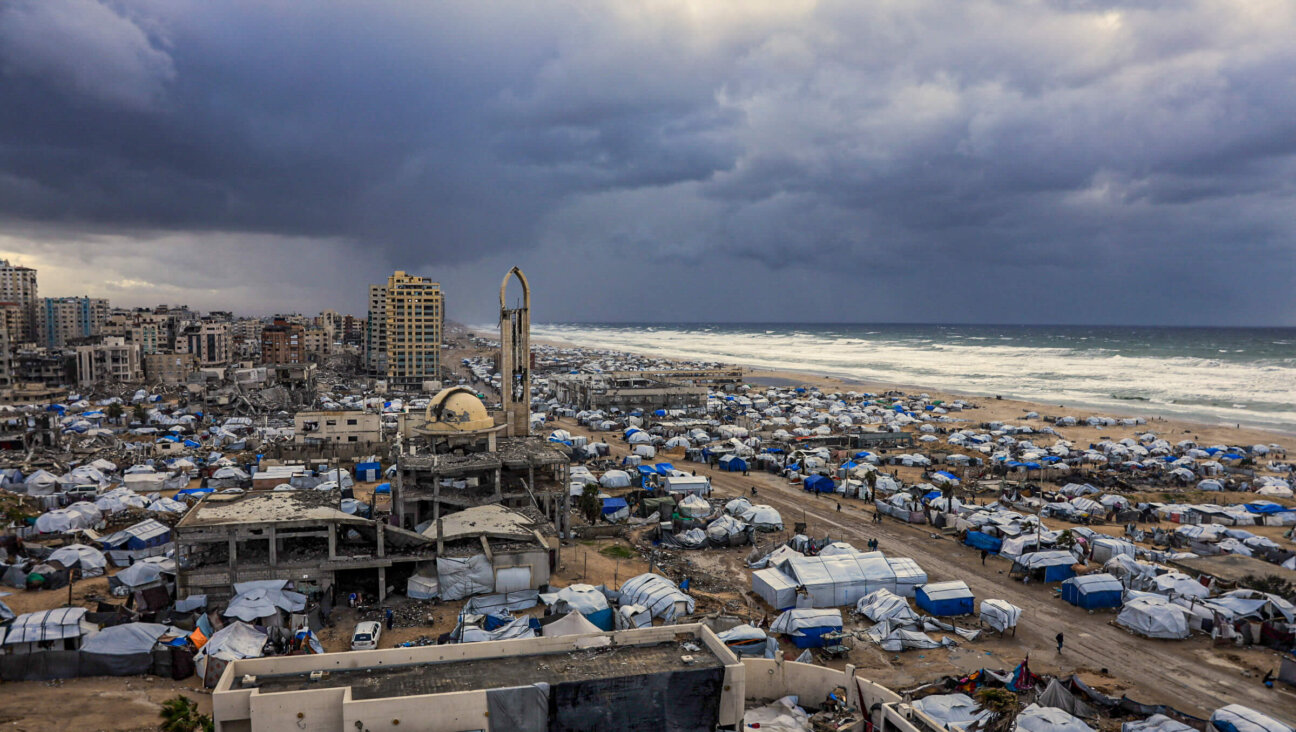New archaeological research shows siege on Masada lasted just weeks, not years
The research counters a long-held narrative about the first-century Roman siege of the fortress

Aerial view of the ruins of Masada, a fortress built by Herod the Great on a clifftop in the desert of what is now Israel. (Getty Images)
(JTA) — The legend of Masada is etched into Jewish lore: For years, the story goes, ancient Jews held out in a desert fortress against their Roman foes.
Now, researchers from Tel Aviv University have determined that the first-century siege on Masada in southern Israel lasted just weeks, upending a long-held narrative about Jewish perseverance against steep odds.
The main account of the siege comes from the Roman-Jewish historian Flavius Josephus, who described extended anticipation as the Romans prepared to attack, then a drawn-out resistance before the Jews atop Masada committed suicide rather than being captured.
But using drone technology and 3D renderings, they hypothesized that the construction of the wall and camps around Masada took about two weeks, and the siege itself likely lasted between four and nine weeks.
“The narrative of Masada, the Great Jewish Revolt, the siege, and the tragic end as related by Flavius Josephus, have all become part of Israeli DNA and the Zionist ethos, and are well known around the world,” one of the lead researchers, Guy Stiebel of Tel Aviv University’s Sonia and Marco Nadler Institute of Archaeology, said in a statement.
“The duration of the siege is a major element in this narrative, suggesting that the glorious Roman army found it very difficult to take the fortress and crush its defenders,” he added. “For many years it was assumed that the siege took three long years, but in recent decades researchers have begun to challenge this unfounded belief.”
Stiebel and Hai Ashkenazi used drones and modeling to create what Tel Aviv University said was “the first objective, quantified analysis of the Roman siege.”
The researchers used aerial photography to examine Masada and the surrounding area, focusing on the water systems, trails leading to and from the fortress and the Roman siege system. Their focus was on the Romans’ siege system, which left unusual evidence because of Masada’s geographic isolation and arid desert environment.
“Based on the ancient historical testimony it is clear that once the assault ramp was completed, the Romans launched a brutal attack, ultimately capturing the fortress within a few weeks at the most,” Ashkenazi said. “This leads us to the conclusion that the entire siege of Masada lasted no more than several weeks.”
The legend of Masada has been foundational for Israeli identity. The fortress site near the Dead Sea is a major tourist destination as well as the historic site for inducting Israeli soldiers responsible for contemporary Jewish self-defense.
The tourists and officials were drawn to a compelling story of Jewish resistance at a time of oppression. During the First Jewish Revolt against Rome from 66 to 70 CE, a group of Jewish zealots sought safety on Masada, the desert palace and fortress constructed by King Herod I. Following the destruction of the Second Temple in 70 CE, they were joined by Jews from other parts of the region who sought refuge from the Romans. In 72 or 73 CE, approximately 8,000 Romans laid siege to Masada, building a wall and ramp encircling the fortress. According to Josephus’ writings, the nearly 1,000 people on the mountain chose to take their own lives rather than let the Romans reach them.
The duration of the siege is not the first element of the story to be challenged by contemporary scholars. Some have concluded that Flavius Josephus’ account of a mass suicide is unlikely to be true.















